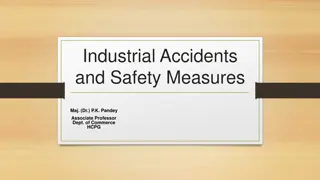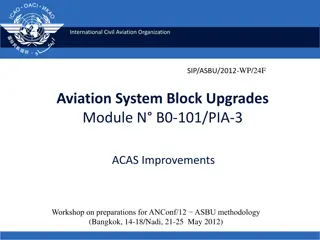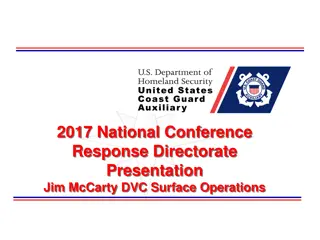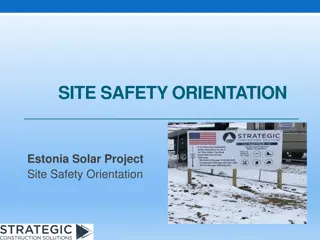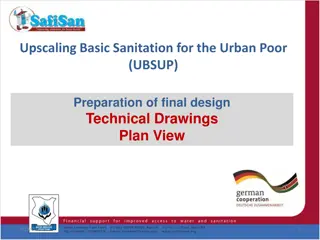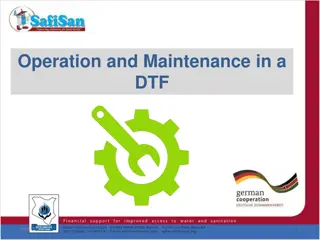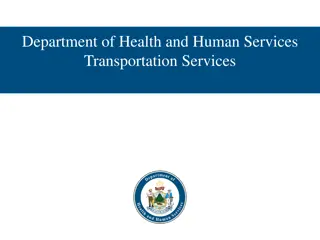Safety Measures for DTF Operations
Learn about essential safety measures for health, hygiene, equipment use, and DTF operation. From personal protective equipment to confined space entry procedures, this comprehensive guide ensures a secure working environment at DTF sites.
Download Presentation

Please find below an Image/Link to download the presentation.
The content on the website is provided AS IS for your information and personal use only. It may not be sold, licensed, or shared on other websites without obtaining consent from the author. Download presentation by click this link. If you encounter any issues during the download, it is possible that the publisher has removed the file from their server.
E N D
Presentation Transcript
Health and Safety in a DTF 9/19/2024 1
Safety measures Hygiene and health Do not smoke nor drink alcohol on-site Wash hands with soap and water before eating and whenever hands come in contact with wastewater and sludge Cover any skin injuries such as cuts and abrasions to prevent infection Shower at work and change into clean clothes and shoes before leaving the DTF site Clean utensils and surfaces before food preparation and consumption Label sampling so that potable and non-potable water are clearly distinguished Avoid handling screenings by hand to prevent cuts or needle stick injuries Get vaccinated (primary and booster shots) for tetanus and hepatitis A 9/19/2024 2
Safety measures Equipment Use Personal Protective Equipment Leave the PPE, working tools and monitoring equipment on-site and always clean them after use. Disposable PPE e.g. laboratory gloves and mask filters must ONLY be used once Clean working tools and monitoring equipment after each usage Do not use defective equipment, repair or replace them when necessary DTF rules and regulation Control access to the site and do not leave visitors unattended Keep the paths and treatment platforms clear of obstructions, to prevent trip and fall injuries and to allow swift and safe movements within the site In case of fire, gather at the designated fire assembly point 9/19/2024 3
Safety measures DTF operation During exhauster discharge event, prevent sludge spilling as much as possible by ensuring a tight connection into the receiving bay In case of splash or spilling apply absorbing material (saw dust, ashes, cardboard, etc.) onto the sludge puddle to reduce contamination risks and prevent slip injuries When opening the manhole s cover, don t forget your respirator, don t face the manhole directly and wait at least 30 minutes before operating in the tank (removal of floating material, scum or sludge). Avoid as much as possible to enter the tanks due to presence of toxic gases and insufficient oxygen. In specific cases (cleaning, repairs, etc.) strictly follow the confined space entry procedures 9/19/2024 4
Safety measures Confined space entry procedure Before entering a confined space (DTF tanks) ensure that: A permit that has been prepared by the operator, is signed by the supervisor before and after the task (approval and completion of task) All manholes of the tank have been left open at least 24h before entering the tank, to prevent oxygen deficiency and excess of harmful gas such as hydrogen sulphide The person entering the tank is wearing a respirator mask There is one person located outside the tank ready to provide assistance if needed The person entering the tank is wearing a harness attached to a safety rope tied to a safety pin 9/19/2024 5
Proposed list of equipment Overall Apron Gumboots Rubber gloves Respirator Protective helmet Safety googles Harness and Safety rope First Aid kit Fire extinguisher 9/19/2024 6








